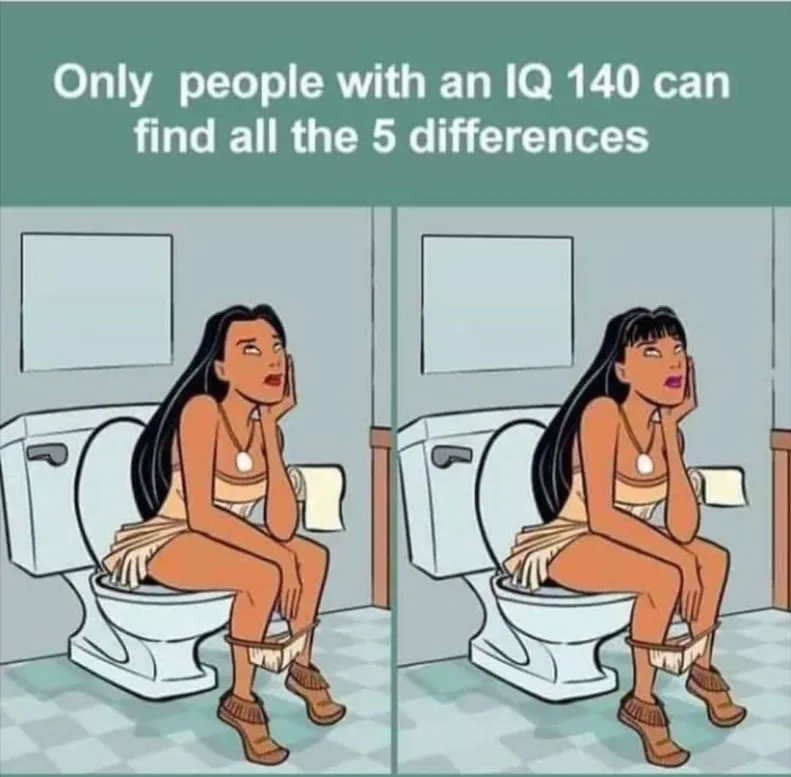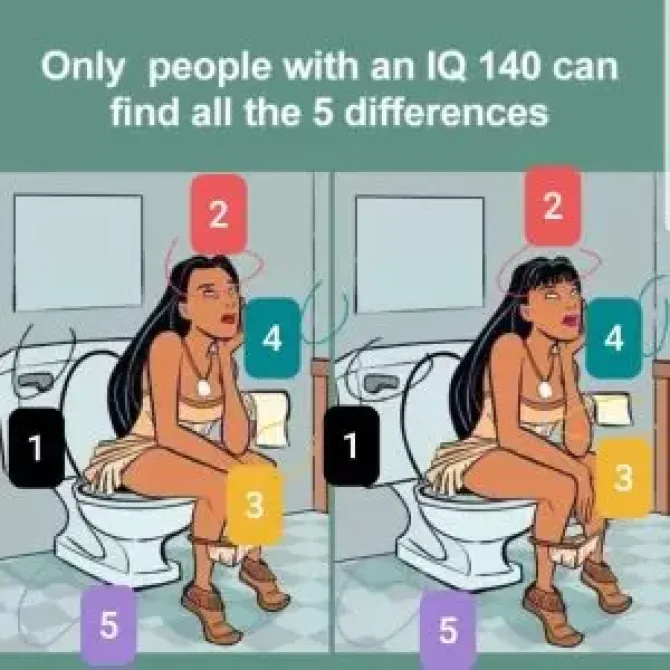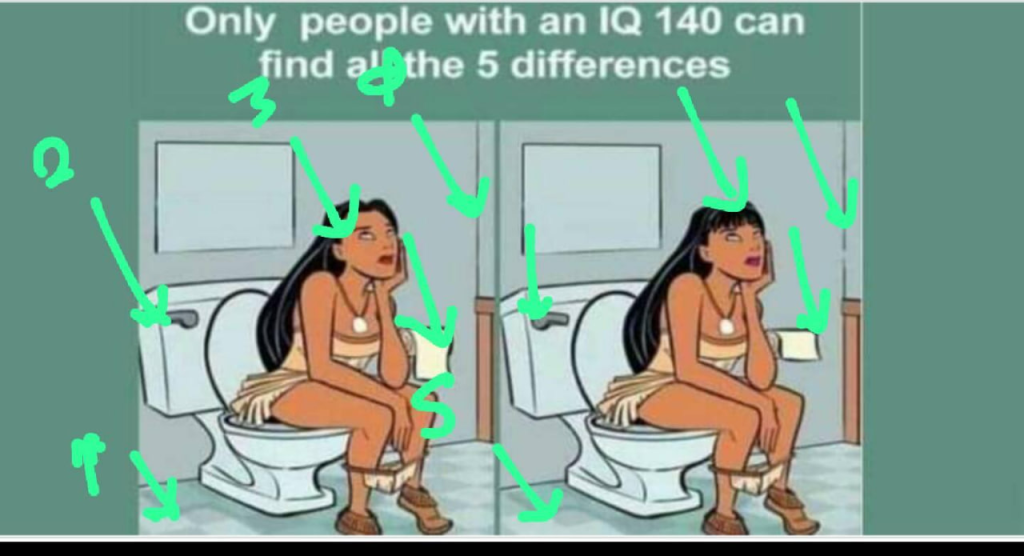You’d be surprised how often your brain plays tricks on you. That’s exactly why visual challenges like this one are more than just fun—they test how sharp your mind really is. On the surface, you’re looking at two seemingly identical pictures. But here’s the twist: five tiny differences are hiding in plain sight.

And guess what? Most people miss them.
There’s a reason this kind of brain teaser has taken the internet by storm. It’s not just about fun—it’s about proving how fast and accurate your brain can process visual information. With only subtle variations between two images, it becomes a true mental workout.
Some say spotting the differences is easy. Others stare at the screen for minutes and still come up empty. So, what gives?
Video: 🎅 Christmas 🎄 Spot the Difference
Let’s talk about your IQ for a second. Intelligence Quotient isn’t just about solving math problems or memorizing trivia. It also reflects your brain’s ability to recognize patterns, detect inconsistencies, and make rapid decisions. In fact, visual puzzles like this one are often used to evaluate critical thinking and attention to detail—key components of high cognitive performance.
In this case, only those with exceptional observational skills—often associated with an IQ of 140 or higher—are able to catch all five differences without hints.

Your goal is simple: find five differences between two images that look nearly identical. But don’t be fooled—these aren’t obvious changes like swapping out a shoe color or removing a hat. We’re talking about very subtle alterations. That’s what makes it such a good test.
Here’s How to Ace It:
- First, give yourself some quiet time. Distractions ruin focus.
- Scan the images from top to bottom. Break them into small sections.
- Don’t rush—your eyes need time to adjust and detect variations.
- Compare key objects: clothing, background, facial features, hands, and props.
- Found all five? Great. Still stuck? Keep reading—we’ll reveal the answers below.
Video: 12 Riddles That Reveal Your True Personality Type
Think of these challenges like a gym for your brain. Just like lifting weights builds muscle, solving puzzles sharpens mental strength. When you train your brain to spot minute changes, you improve your memory, boost concentration, and develop faster cognitive reflexes.
And here’s the best part—it’s genuinely fun. No textbooks. No lectures. Just you, an image, and a quiet challenge whispering, “Can you find it?”
Being good at this isn’t just about scoring high on a test. These skills translate to real-world benefits. Ever misplace your keys but swear they were “right there”? Or read an email three times but miss a key detail? That’s where observation skills matter.

Games like this help tune your mind to be more alert, responsive, and present. In a world full of distractions, that’s more valuable than ever.
If you found all five differences—seriously, hats off. That means your visual memory, pattern recognition, and attention span are well above average. You might not even need coffee to wake up your brain!
If you didn’t get them all, no worries. Just attempting the challenge already puts you ahead of the game. You’re building mental stamina—and that’s something to be proud of.
Video: Guess the WORD by Emojis? 🤔
This puzzle is just the beginning. If you enjoy training your brain in bite-sized, entertaining ways, there are tons more visual challenges and logic games you can explore. Some focus on memory, others on problem-solving. Each one is designed to flex a different mental muscle.
Plus, they’re perfect for sharing. Post your results and challenge your friends to beat your score. It’s a fun way to stay connected and inspired—without doomscrolling or zoning out.
Visual IQ challenges like this aren’t just a distraction—they’re a way to exercise your brain, strengthen focus, and boost your confidence. Whether you nailed all five differences or only spotted a few, the real win is in pushing your mind to pay closer attention.
So the next time someone says, “It’s just a picture,” you’ll smile and know better. Your brain just got a serious workout—and it’s only getting stronger.
Keep looking. Keep questioning. And never stop challenging your mind.